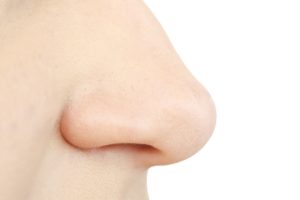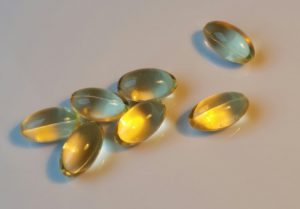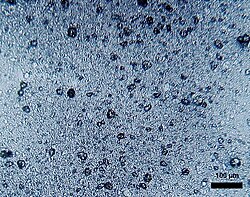 Millions of us have had a least one COVID infection. Many suffered a loss of smell during the infection. A recent study by NYU Langone researchers found that the loss of smell can linger for at least 2 years after the infection. And even if you thought that your smell was never impacted or that it has recovered, it actually may not have fully recovered, but only partially recovered.
Millions of us have had a least one COVID infection. Many suffered a loss of smell during the infection. A recent study by NYU Langone researchers found that the loss of smell can linger for at least 2 years after the infection. And even if you thought that your smell was never impacted or that it has recovered, it actually may not have fully recovered, but only partially recovered.
Among the 3525 participants in the study that reported a loss of smell during a COVID infection - 80% still had not fully recovered their sense of smell 2 years later, and for 23% it was severely diminished or lost. Interestingly, 66% of persons who originally had a COVID infection, but did not notice any smelling issues, also scored abnormally low on the evaluation done 2 years after the infection.
It can be said that their sense of smell has dulled (olfactory dysfunction). This reduced ability to smell is called hyposmia. Researchers administer a 40-odor test to persons to determine their smelling ability. To help recover the sense of smell, vitamin A supplementation and olfactory training are being tried.
From Science Daily: Millions could be living with hidden smell loss after COVID without knowing
People who suspect that their sense of smell has been dulled after a bout of COVID-19 are likely correct, a new study using an objective, 40-odor test shows. Even those who do not notice any olfactory issues may be impaired. ...continue reading "Loss of Smell from A COVID Infection Can Linger For At Least Two Years"

 Over and over studies have found links with certain toxic chemicals (some pesticides and the chemical trichloroethylene) and Parkinson's disease. Another recent
Over and over studies have found links with certain toxic chemicals (some pesticides and the chemical trichloroethylene) and Parkinson's disease. Another recent  There has been lots of research in the past decade over the benefits of eating a diet rich in fruits, vegetables, whole grains, nuts, and legumes, especially a Mediterranean style diet. Health benefits include lowering chronic inflammation and a lower incidence of a number of chronic diseases, including type 2 diabetes.
There has been lots of research in the past decade over the benefits of eating a diet rich in fruits, vegetables, whole grains, nuts, and legumes, especially a Mediterranean style diet. Health benefits include lowering chronic inflammation and a lower incidence of a number of chronic diseases, including type 2 diabetes. The US government would like to shut the Mauna Loa observatory in Hawaii down because it measures levels of atmospheric CO2, a measure of climate change. Well, unlike the US government, the rest of the world is very, very concerned about increasing CO2 levels in our atmosphere, and what increasing levels of greenhouse gases are doing to our climate and environment.
The US government would like to shut the Mauna Loa observatory in Hawaii down because it measures levels of atmospheric CO2, a measure of climate change. Well, unlike the US government, the rest of the world is very, very concerned about increasing CO2 levels in our atmosphere, and what increasing levels of greenhouse gases are doing to our climate and environment.


 For years the medical advice has been that when taking vitamin D supplements, make sure it is the vitamin D3 form and not vitamin D2. The reasons given are that vitamin D3 is absorbed better and has more health benefits. A recent
For years the medical advice has been that when taking vitamin D supplements, make sure it is the vitamin D3 form and not vitamin D2. The reasons given are that vitamin D3 is absorbed better and has more health benefits. A recent 